jlunde
TPF Noob!
I have taken many outdoor action shots (cycles, quads, bikes, etc) which turned out great, but I am having a hard time getting good shots at my sons basketball game. I use the action setting, but there are so many little bodies moving so fast, I am having a hard time getting a non-blurry shot. I tried the shutter priority (which goes as high as 1/16000), but when I get past about 1/250, my picture get too dark (what causes this?). So how do I use a high shutter speed (1/500 - 1/1000) on shutter priority, and not have the screen dark? This may be a stupid question, but this is about the only type of photography in which I have not been able to get satisfactory results. I appreciate any insight.


![[No title]](/data/xfmg/thumbnail/35/35263-86f580cf5d28d23109a45984030a79ad.jpg?1619736968)
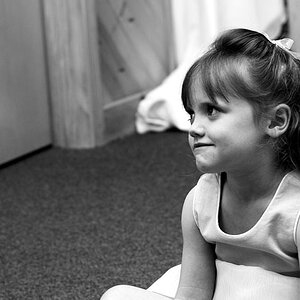
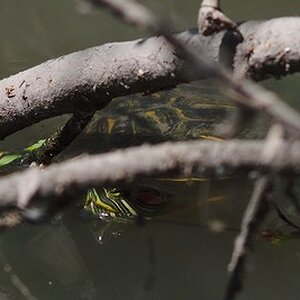
![[No title]](/data/xfmg/thumbnail/32/32930-09414fc020c2a60a456ff59a05c5ef8f.jpg?1619735759)
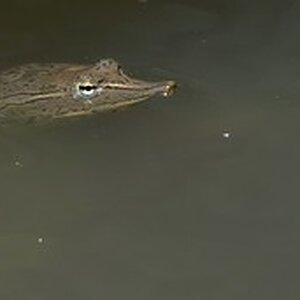
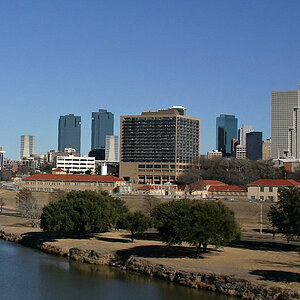
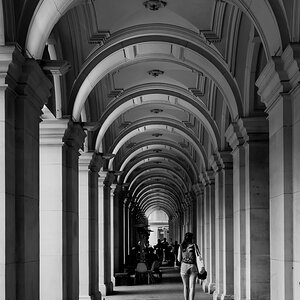
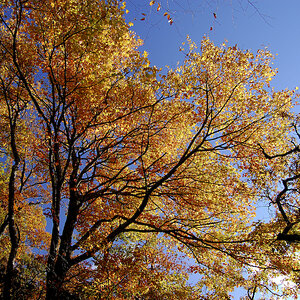

![[No title]](/data/xfmg/thumbnail/36/36303-10b1a386a9a00cf90fb7605d2d2c48c1.jpg?1619737497)
![[No title]](/data/xfmg/thumbnail/38/38729-27329be54dcb93a3723bad97259e6428.jpg?1619738702)
![[No title]](/data/xfmg/thumbnail/38/38727-8e7c94a88000531231f3040ce330aced.jpg?1619738702)